Apple iPhone 13 review: Delivering the upgrades that matter
Not much has changed from last year, but that doesn't mean the iPhone 13 is boring — far from it.
Most of the attention for this year's iPhone launch was directed towards the Pro series, and for good reason. The iPhone 13 Pro and iPhone 13 Pro Max offer 120Hz OLED panels for the first time, new camera hardware with the ability to shoot cinematic videos, all-new internal hardware, and larger batteries that last over a day with ease.
The regular iPhone 13, on the other hand, still uses a 60Hz panel — like last year's iPhone 12 — and retains the same design aesthetic. While it doesn't look like there are too many new features this time around, Apple has upgraded the essentials. The iPhone 13 has a new 12MP primary camera with sensor-shift stabilization, the same A15 Bionic as the Pro model, and a larger 3240mAh battery that ensures it lasts all day without any issues whatsoever.
Another noteworthy change this year is that the iPhone 13 base model comes with 128GB of storage as standard, double that of its predecessor. The best Android phones now offer 128GB or 256GB of storage out of the box, and Apple was in the minority in that it continued to roll out phones with 64GB of base storage. Well, that's thankfully changing with the iPhone 13.
So while it may not look like there are significant upgrades with the iPhone 13, you are getting a larger battery, a smaller cutout at the front, better cameras, and faster hardware. And that makes for a great overall package.
iPhone 13
Bottom line: The iPhone 13 has the same design as its predecessor, but you get upgraded internal hardware, a new camera module that takes phenomenal photos in any lighting situation, double the amount of base storage, and better battery life. You still don't get a 120Hz screen or USB-C, but the upgrades on offer make the iPhone 13 the obvious choice if you're coming from an older iPhone.
The Good
- Huge battery life gains
- High-quality OLED panel that's brighter than before
- Incredible cameras for photos and videos
- Fastest internal hardware of any phone today
- Five years of guaranteed iOS updates
- Fast wired and wireless charging
The Bad
- Misses out on 120Hz screen
- Charges over Lightning
- Smaller notch is still irritating
$829 at Amazon $800 at Best Buy $829 at Apple
iPhone 13 Price and availability
Apple introduced the iPhone 13 on September 14, with availability kicking off September 24. It is now available in most global markets, and in the U.S., you'll find the base 128GB model debuting at $829. Unfortunately, Amazon, Best Buy, and most other retailers are selling the carrier-locked versions, so you'll need to pick up the iPhone 13 straight from Apple if you're looking for the unlocked version.
You'll find the iPhone 13 in Blue, Pink, Midnight, Starlight, and (PRODUCT)RED color variants, and it is available in 256GB and 512GB storage configurations in addition to the 128GB model. The 256GB version costs $929, and the 512GB model will set you back $1,129.
Over in the UK, the 128GB iPhone 13 is available for £779 ($1,070), going up to £879 ($1,207) for the 256GB model and £1,079 ($1,482) for the 512GB option. It's a similar story in India as well: the 128GB iPhone 13 costs ₹79,990 ($1,064), the 256GB model is available for ₹89,900 ($1,197), and the 512GB version sells for ₹109,900 ($1,463).
iPhone 13 Design and screen
If there's one area that hasn't changed all that much from last year, it would have to be the design. The iPhone 13 has the same overall aesthetic as its predecessor, including a glass back, flat sides, and an aluminum frame. In fact, at 146.7 x 71.5mm, it is just as wide and tall as the iPhone 12, and the only difference is that at 7.7mm and 174g, it is bulkier by 0.3mm and 10g heavier — that's down to the larger 3240mAh battery.
The iPhone 13 shares the same design aesthetic as its predecessor, and that's not a bad thing.
Although the design language hasn't changed, the iPhone 13 has a few tweaks; the most significant change is at the back, where the dual cameras are now arrayed diagonally. The orientation adds a little bit of flair to the design, and because of the new camera hardware, the modules jut out a little bit more than last year. Thankfully, there isn't too much wobble when using the iPhone 13 flat on a surface.
Up front is the other change — the iPhone 13 sports a smaller notch, and while that's always good to see, it is marginally thicker than last year. I'm still not sold on the notch, but it has been a mainstay on iPhones for five years now and isn't going anywhere for a while. For what it's worth, this thinner notch is marginally less irritating, but only just so.
The rest of the design should be immediately familiar if you've used an iPhone: the power button is on the right, the volume buttons and mute switch sit to the left, you'll find the Lightning port at the bottom and a speaker to its right, and the earpiece module that's within the notch doubles as the secondary speaker.
The smaller profile makes the iPhone 13 a joy to hold and use. I had a lot of issues with the iPhone 13 Pro Max due to its width and height, but that isn't a problem at all here. This size is ideal for one-handed use, and the fit and finish are excellent. The sides have a matte coating that ensures you can easily hold the phone, and the frosted glass pane at the back looks elegant.
While the design hasn't changed, the iPhone 13 still manages to hold its own against Android rivals, and the flat sides are great for usability. In addition, a custom Gorilla Glass solution protects the back glass pane, and it should be just as durable as last year's offering.
As for the screen, the size itself is unchanged from last year — you get a 6.1-inch OLED panel with ultra-thin bezels on all sides. The panel has the same 2532 x 1170 resolution and HDR10 and Dolby Vision, but it now goes up to 800 nits. It can also go up to 1200 nits for HDR content.
The panel itself is sublime, but you're still limited to 60Hz.
The OLED panel itself is one of the best you'll find on any phone today, delivering excellent color accuracy and contrast levels. That said, the biggest issue is that it misses out on the 120Hz mode that debuted on the Pro models this year. It's understandable why Apple has limited the feature to its Pro models — it gives the manufacturer a chance to introduce it on the regular iPhone 14 next year — but that means the iPhone 13 is the only phone in this category with a 60Hz panel.
You miss out on the smoothness of the 120Hz screen, and if you're coming from an older iPhone and were looking forward to using the feature, you'll have to get the costlier Pro models. Aside from the refresh rate, though, there's nothing wrong with the screen; it is excellent for viewing HDR content and playing games, and the stereo sound is clear and detailed.
iPhone 13 Performance and battery
By investing heavily into its chip division early on, Apple managed to gain an insurmountable lead in the mobile segment. The A15 Bionic extends that lead; it still delivers the best single- and multi-core results of any mobile SoC in the market, and that's unlikely to change soon.
| Specs | iPhone 13 |
|---|---|
| Software | iOS 15 |
| Display | 6.1 (2532x1170) 60Hz OLED |
| Chipset | 3.22GHz A15 Bionic |
| RAM | 4GB |
| Storage | 128GB/256GB/512GB |
| Rear Camera 1 | 12MP ƒ/1.6 (primary) |
| Rear Camera 2 | 12MP ƒ/2.4 (wide-angle) |
| Front Camera | 12MP ƒ/2.2 |
| Connectivity | Wi-Fi 6, BT5.0, NFC |
| Battery | 3240mAh | 23W wired, 15W MagSafe |
| Security | Face ID |
| Colors | Blue, Pink, Midnight, Starlight, (PRODUCT)RED |
| Dimensions | 146.7 x 71.5 x 7.7 mm |
| Weight | 174g |
The A15 Bionic is considerably faster than anything that Qualcomm and Samsung have to offer at the moment, and that's evident when using the iPhone 13. There's zero lag or stutter anywhere in the interface, with the vertical integration allowing Apple to fully optimize iOS for the hardware.
Although most Snapdragon and Exynos chipsets feature octa-core designs, the A15 Bionic has six cores: two Avalanche cores that go up to 3.22GHz and four Blizzard cores that scale to 2.20GHz. You also get a four-core GPU that delivers the best visual fidelity in this category.
Because of the custom silicon and the optimizations, the A15 Bionic is 12 to 18% faster than the Snapdragon 888 and Exynos 2100 for single- and multi-core workloads. Apple had always maintained that lead, and because it doesn't have to tailor its silicon to suit a wide variety of devices — like Qualcomm — it can fully customize the Arm architecture to its needs.
The end result is that the iPhone 13 series sports the fastest mobile chipset you can get today. It has just 4GB of RAM as standard, but because of the way iOS is designed, that's more than adequate; in the three weeks that I used the iPhone 13, I didn't notice any slowdowns while multitasking.
As for the rest of the hardware, you get Sub-6 and mmWave 5G in the U.S. Like last year, global models are limited to Sub-6 connectivity. There's Wi-Fi 6, Bluetooth 5.0, UWB for AirTags, NFC, and an eSIM option, which allows you to use two numbers on the same phone. You also get IP68 dust and water resistance. The iPhone 13 also has an excellent vibration engine that delivers granular feedback.
Another big change this year is around battery life; thanks to a larger 3240mAh battery and tweaks to the A15 Bionic, you'll easily get a day's worth of use out of the iPhone 13 from a full charge. There's no battery anxiety here, and it holds up particularly with heavy usage as well — I averaged five hours of screen-on-time over the course of the day and had 20% charge left over.
It isn't a two-day battery beast like the iPhone 13 Pro Max, but you consistently get a full day's worth of use regardless of how hard you push the phone. My only quibble here is the charging port; the Lightning port is still intact on the iPhone 13, and that needs to change. With the iPad Air and most other products in the portfolio switching over to USB-C, I don't get why the iPhones still use Lightning.
There's no bundled charger here, but with any of the best USB-C chargers and a USB-C to Lightning cable, the iPhone 13 can go up to 23W wired. Of course, there's also the 15W MagSafe wireless standard if you're not a fan of wired charging. The iPhone 13 takes just 30 minutes to get to a 50% charge, and you'll hit 75% in an hour. But it takes nearly another hour for the phone to fully charge, and that just doesn't cut it in 2021.
iPhone 13 Cameras
The iPhone 13 has the same camera configuration as last year: you'll find a 12MP primary lens joined by a 12MP wide-angle shooter, and there's a 12MP camera at the front. The primary camera features a new module with sensor-shift stabilization, and it has larger 1.7um pixels, giving it a distinct edge over its predecessor.
A larger sensor with better stabilization means the iPhone 13 takes terrific photos in any scenario.
The marquee addition this year is Cinematic mode — the video shooting mode that uses rack focusing to automatically switch focus between subjects to create a cinematic look. Thankfully, this feature isn't limited to the Pro models, and you can use it with the iPhone 13 as well. Other mainstays have returned, including Smart HDR and Night Mode that kick in automatically.
Thanks to a new neural engine in the A15 Bionic, the camera can analyze scene data and make the relevant corrections faster than before. You'll see this in real-time when you're taking photos of clouds or shooting outdoors under bright sunlight, with the machine learning algorithms working to prevent blown highlights and deliver detailed shots.
In short, there's a lot of clever stuff going on behind-the-scenes, but you don't have to worry about any of it; just hit the shutter button, and you'll get standout photos in any lighting condition. The camera interface itself hasn't changed over the last three years, so you'll be immediately familiar if you're switching from an older iPhone. All the shooting modes are laid out in a ribbon, and you have toggles for the flash, timer, wide-angle lens, and live photos.
Another new addition this year is the ability to set a style for your photos. You have four styles to choose from — Rich Contrast, Vibrant, Warm, and Cool — and the individual styles change the tone and warmth of an image to make it look a little more dynamic. Again, the A15 Bionic's neural engine drives this particular feature.
The changes to the camera hardware and the neural engine mean the iPhone 13 delivers fantastic photos in daylight scenarios, with excellent dynamic range, vibrant colors, and very low noise levels. The iPhone 13 automatically skews toward accurate colors, but you can tweak this by setting up one of the aforementioned four styles — I went with Rich Contrast because it was closest to Google's signature look for the Pixels.
The 12MP camera also does an excellent job with portraits, and Night Mode also works a little better than last year. It can eke out just a bit more detail from low-light shots while preserving the highlights and shadows. And of course, the iPhone 13 series continues to lead the way for video recording, and the standard iPhone 13 is just as good as its Pro siblings at the basics. You miss out on additional sensors, but the addition of Dolby Vision and Cinematic mode ensure you don't miss out on the latest additions.
iPhone 13 Software
The iPhone 13 runs iOS 15 out of the box, and the interface should feel familiar if you've used an iPhone in the past. That said, you will find welcome tweaks that make the UI look a little bit more modern, including rounded-off edges throughout the interface. There's also a smorgasbord of new features: FaceTime now lets you invite users with a link, giving Android users a way to attend calls. It also gets audio-related tweaks that let you isolate background noise and use spatial audio.
iOS 15 has a lot to offer, but there's a learning curve if you're switching from Android.
The most helpful addition in iOS 15 (at least for me) is Focus. The mode allows you to set up profiles to filter notifications, so you can mute notifications from social media apps in work mode or turn off work alerts in personal mode. It does take some fiddling, but this is the best way to manage notifications in iOS at the moment.
Notifications have a new look with contact photos and larger icons, and the new Notification summary feature bundles non-essential notifications together and delivers them at a preset time of your liking. Again, this is done to manage notification overload and ensure you don't get distracted over the course of the day. While Focus and Notification summary do a decent job of managing notifications, iOS still lacks the granular control that Android offers with Notification Channels.
iOS 15 also comes with updates to Spotlight, and you can easily find the information you're looking for on your phone — whether it's a contact, photo taken at a particular location, playlist, and more. You can also search the web, the App Store, and Photos, as well as access the feature from the lock screen.
There's a lot to like on the privacy front as well. Private Relay and Hide My Email are designed to ensure your browsing and email data stays private by using relay servers and email aliases, but they are limited to the built-in Safari and Mail clients. You can set a different browser and mail client as default, but you will miss out on these two features if you do so.
What ultimately gives iOS an edge over Android is the long-term updates. The iPhone 13 will get at least five years of iOS updates, and that's unmatched on Android. While the Galaxy S21 and Pixel 6 will get three Android updates, they're just not able to hold their own against the iPhone.
That said, iOS has its share of issues if you're switching from Android; I don't like how notifications are handled, and I miss the granularity I get on Android. File system access is also very limited, so you have to go through a ridiculous series of hurdles just to be able to save files on your phone or share them to another service. And, of course, you miss out on all the customization that Android has to offer.
iPhone 13 The competition
Slotting in at $829, the iPhone 13 is going up against Google's latest flagship, the Pixel 6 Pro. The $899 phone has an interesting design thanks to a wide camera bar at the back. It comes with a 6.7-inch QHD+ 120Hz AMOLED panel, Google's custom Tensor platform that features the latest Arm X1 core, 12GB of RAM and 128GB of storage as standard, and a new 50MP camera that is easily the best you'll find on any phone today.
The Pixel 6 Pro also has a large 5000mAh battery with 30W wired and 23W wireless charging, IP68 dust and water resistance, runs Android 12 out of the box, and will get three Android updates and five years of security updates.
The Galaxy S21 is still a contender in 2021. Samsung's flagship costs nearly the same at $800, and it has a sleeker design with curved sides and a gorgeous design for the rear cameras, and you get a stunning 120Hz AMOLED screen, the latest silicon from Qualcomm, IP68 water resistance, wireless charging, and cameras that take fantastic photos. The S21 has a plastic back, and while Samsung will deliver three Android version updates and four years of security updates, it isn't quite on the same level as the iPhone 13 in this area.
iPhone 13 Should you buy it?
You should buy this if ...
You want an iPhone that's easy to use
The iPhone 13 nails the basics: it is compact enough that you won't have any issues using it one-handed, and you get a large battery that lasts over a day consistently. The design hasn't changed this year, but the flat sides make it easy to hold and use the phone, and the build quality is fantastic.
You need good cameras
You'll find a new 12MP camera at the back with sensor-shift stabilization that takes amazing photos in just about any lighting scenario. The iPhone 13 also has a distinct edge over its Android rivals when it comes to shooting video, and the new Cinematic mode is available here as well.
You're looking for all the extras
The iPhone 13 doesn't miss out on the additional features: there's UWB, IP68 dust and water resistance, and 15W MagSafe wireless charging. It also has Sub-6 and mmWave 5G connectivity in the U.S. and Sub-6 5G in global markets.
You need a phone that gets long-term updates
While most Android devices in this category will get three years of updates, the iPhone 13 is guaranteed to get five iOS updates. So if you want a phone that will get updates for longer, this is the obvious choice.
You should not buy this if ...
You want a phone with a 120Hz screen
The iPhone 13 is the only flagship with a 60Hz screen in 2021, and if you've held out for 120Hz on the iPhone, you'll have to get the Pro models or wait another year.
You're familiar with Android
While iOS has a lot going for it, I don't like the way it handles notifications. There are severe limitations around file system access and customizability that you won't find on Android.
The iPhone 13 doesn't look any different from its predecessor, but it comes with many under-the-hood changes that make it stand out. The A15 Bionic runs rings around anything by Qualcomm and Samsung, the new 12MP camera is outstanding in any lighting scenario, you get much better battery life, and it doesn't miss out on the extras.
That said, if you're using the iPhone 12, you don't need to upgrade right now. While the iPhone 13 has faster hardware, takes better photos, and has a screen that gets brighter, these additions don't justify an upgrade. However, the one feature where you'll see an immediate difference is battery life. That's one area where all 2021 iPhones have a considerable lead over their predecessors, and if your current iPhone doesn't quite last all day and you're planning on switching, the iPhone 13 is an easy recommendation.
iPhone 13
Bottom line: Sure, the iPhone 13 doesn't have a new design, but it comes with the upgrades that actually matter. The screen is a little brighter, the camera is a lot better, and the battery lasts longer. If you switched to the iPhone 12 last year, it doesn't make much sense to get the iPhone 13 right now, but if you're on an older device, there is a lot to like here.
from Android Central - Android Forums, News, Reviews, Help and Android Wallpapers https://ift.tt/3CFqmym
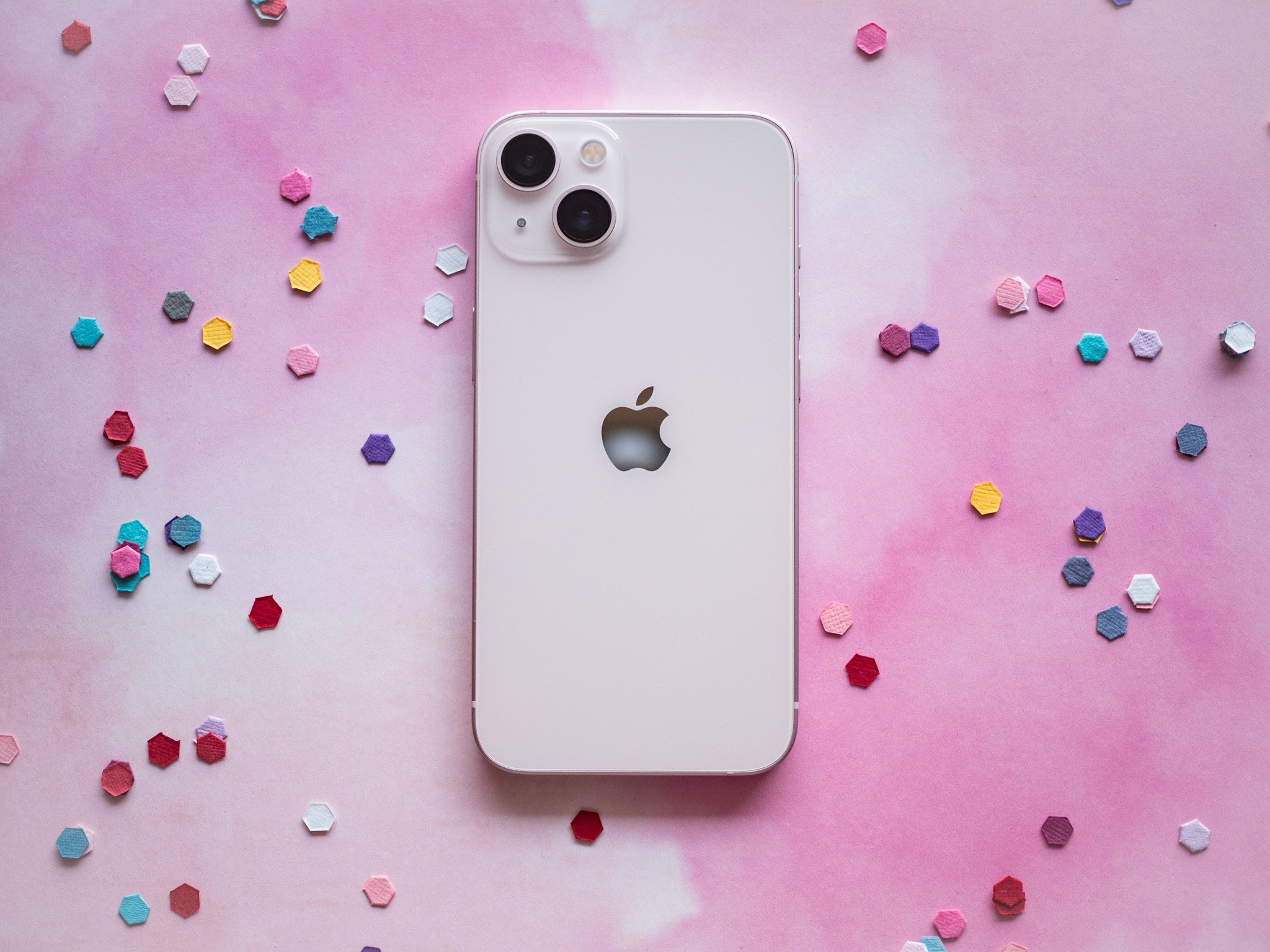
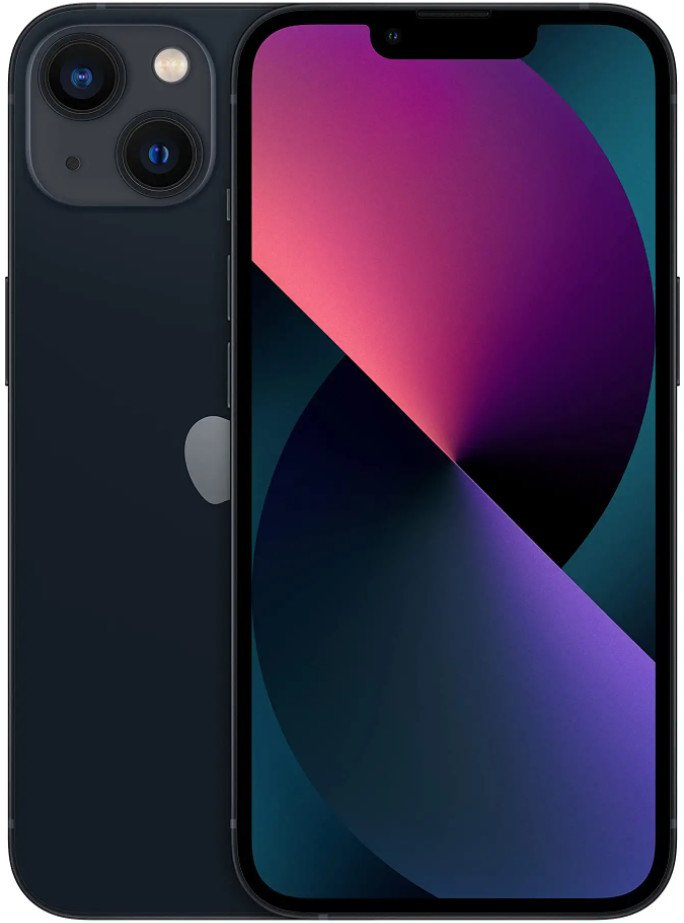
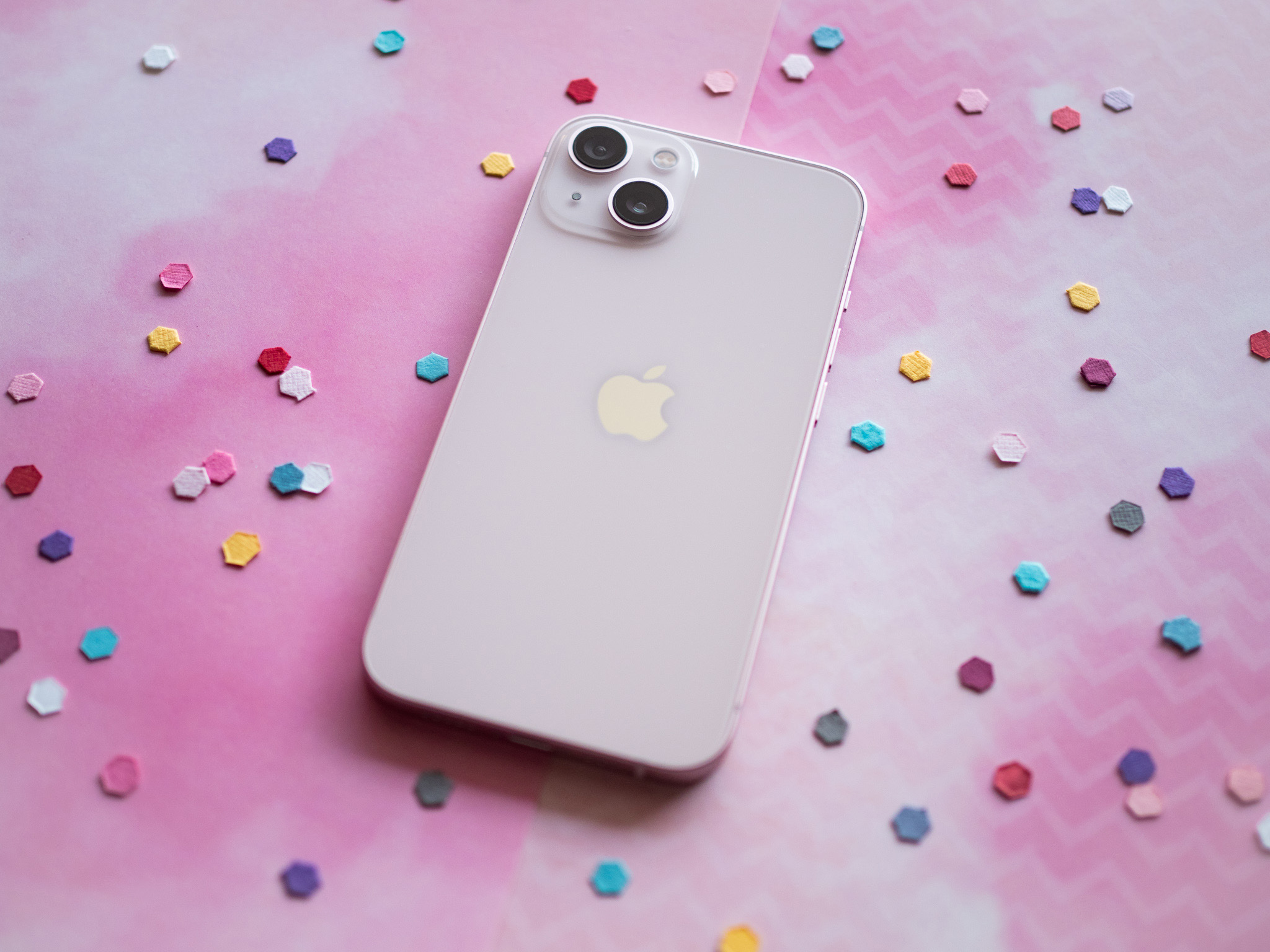
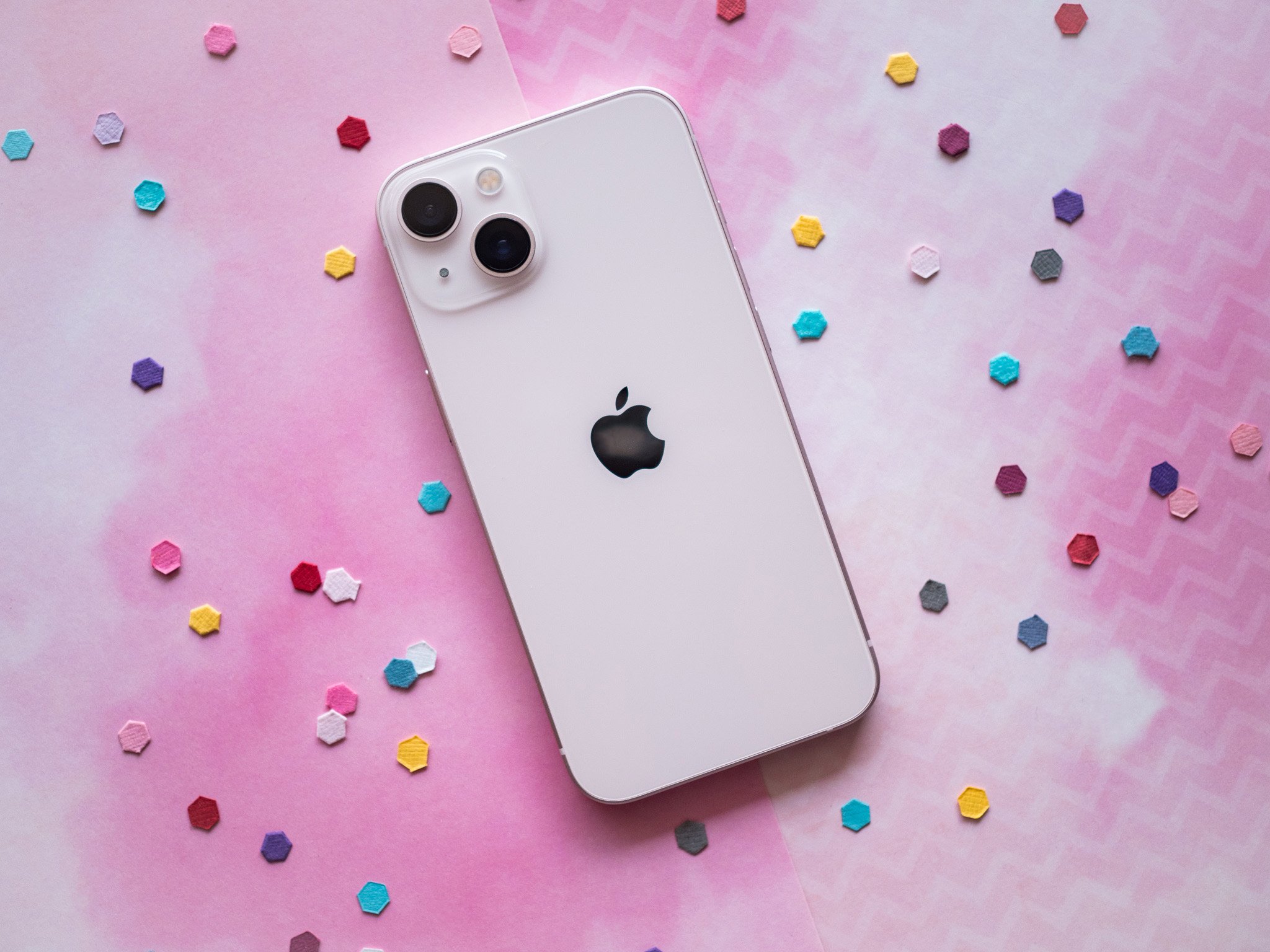
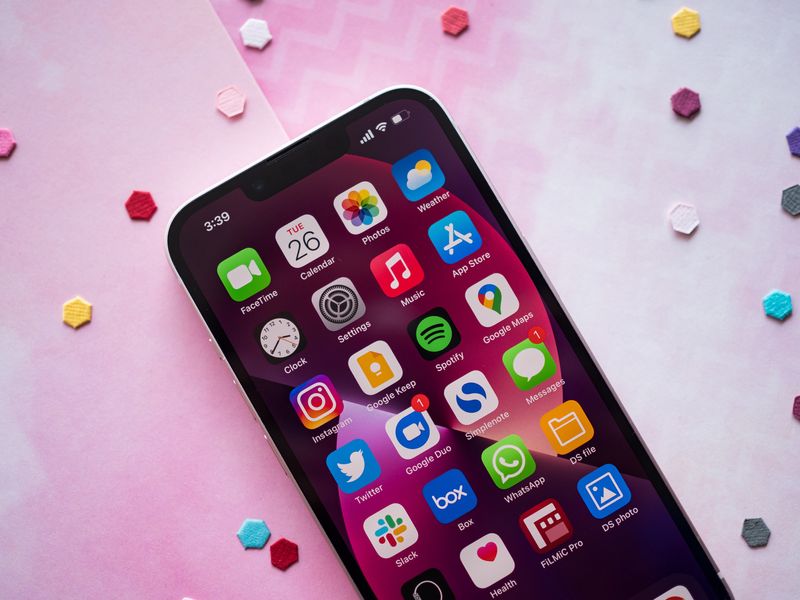
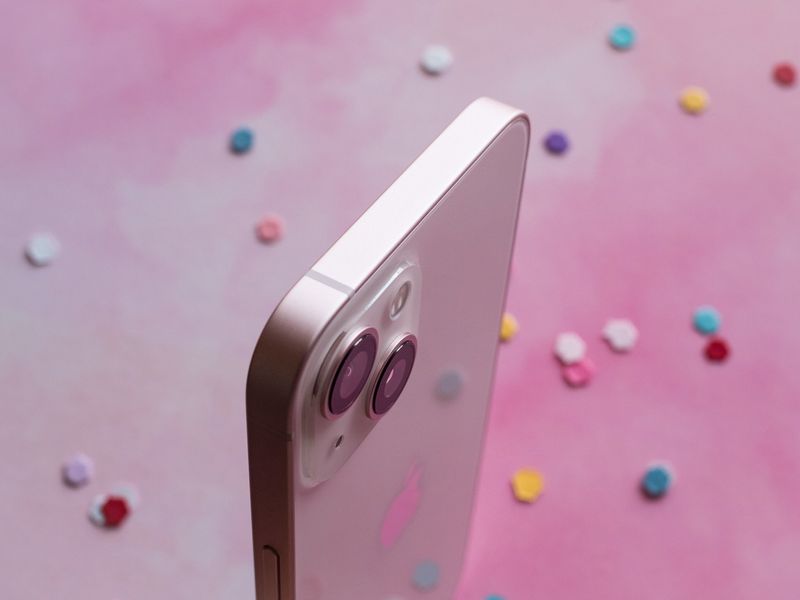
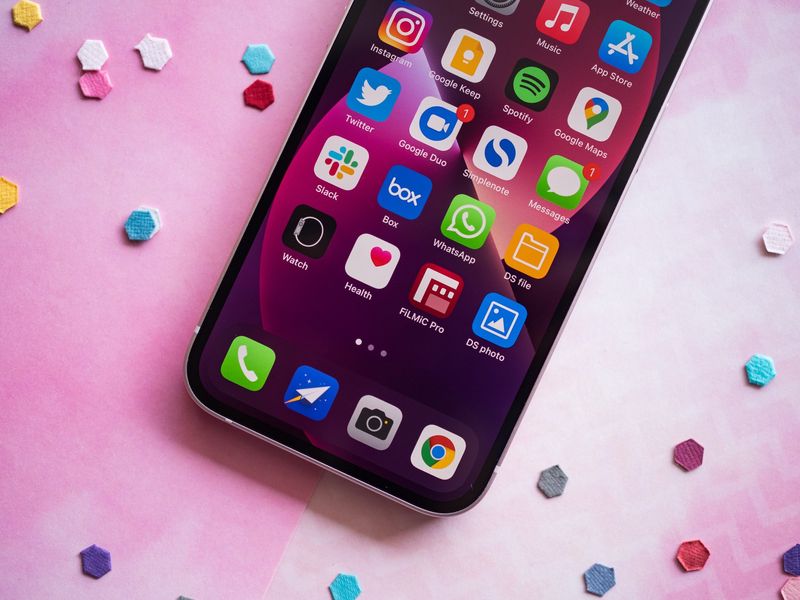
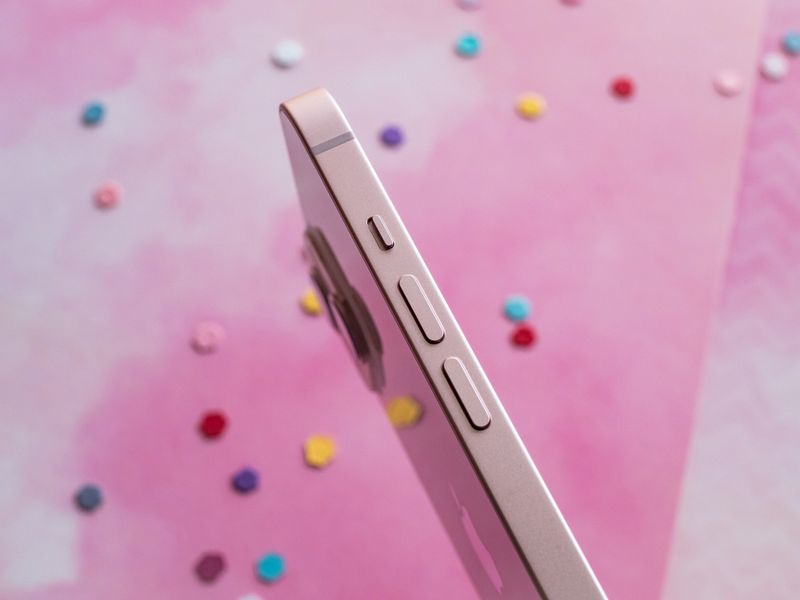
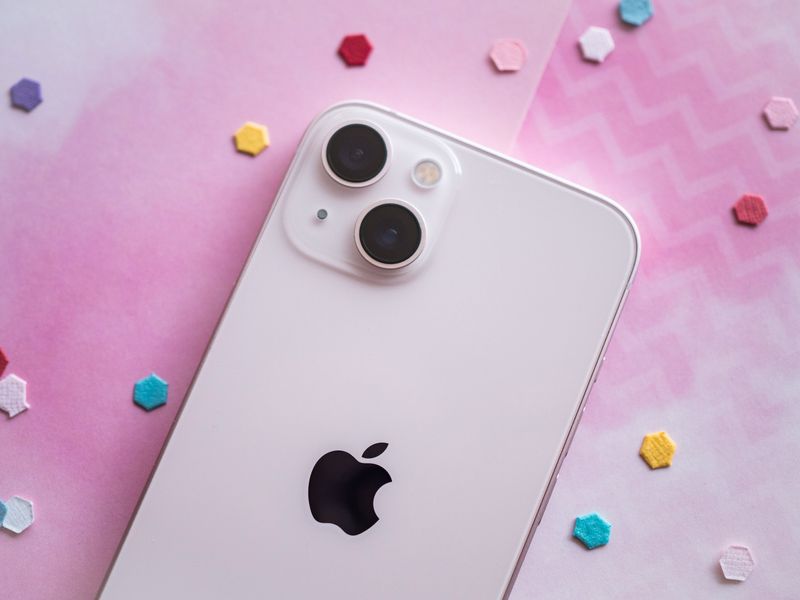
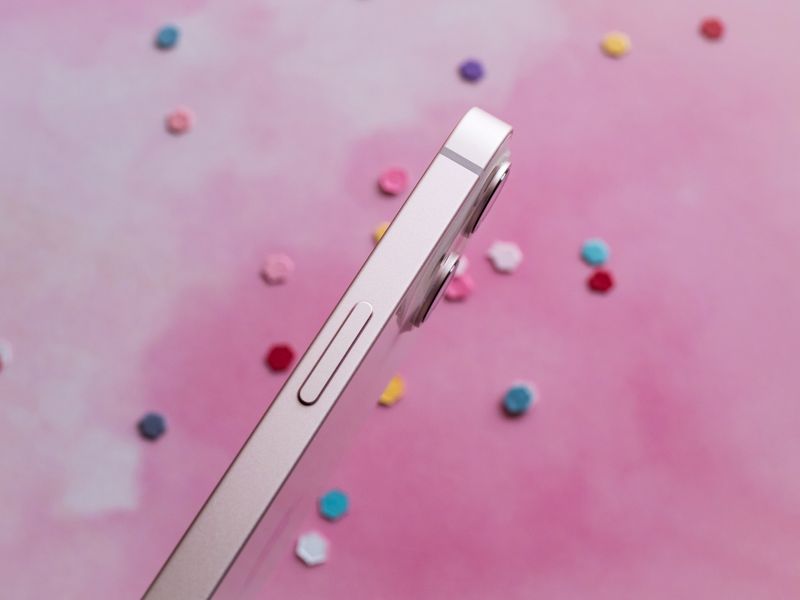
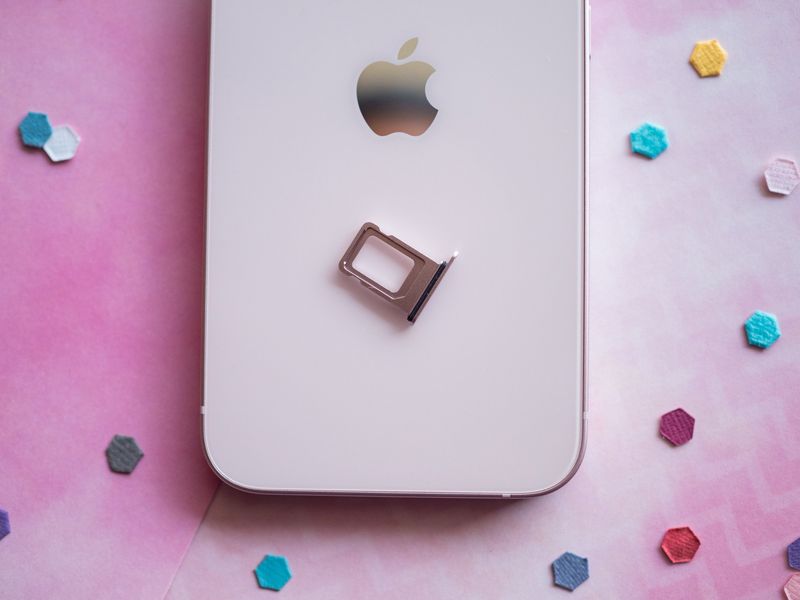
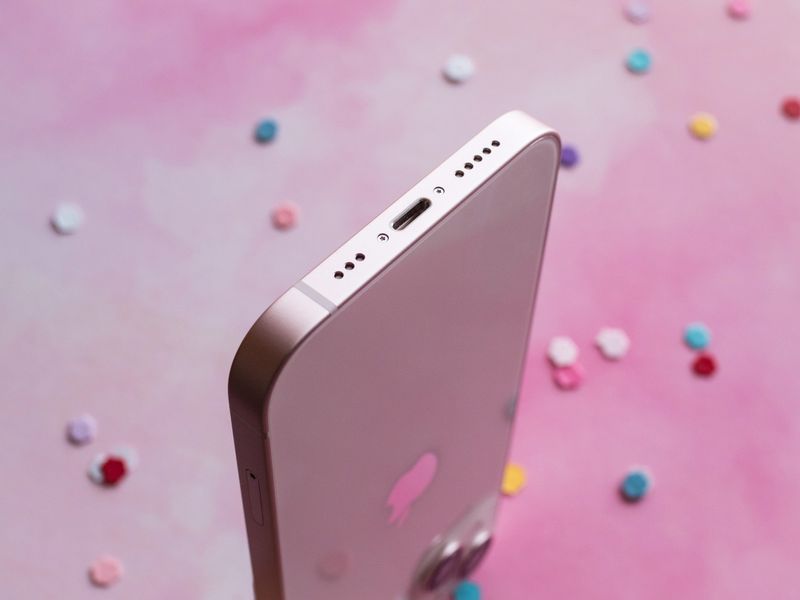
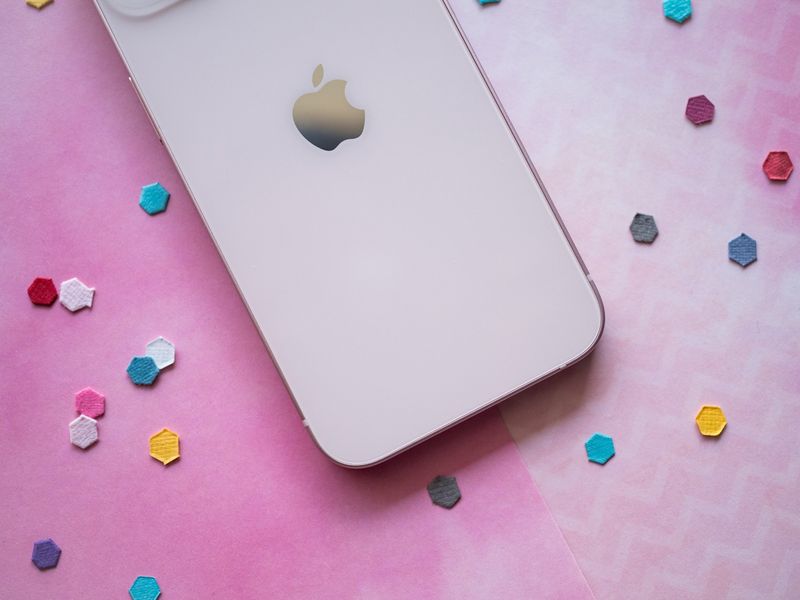
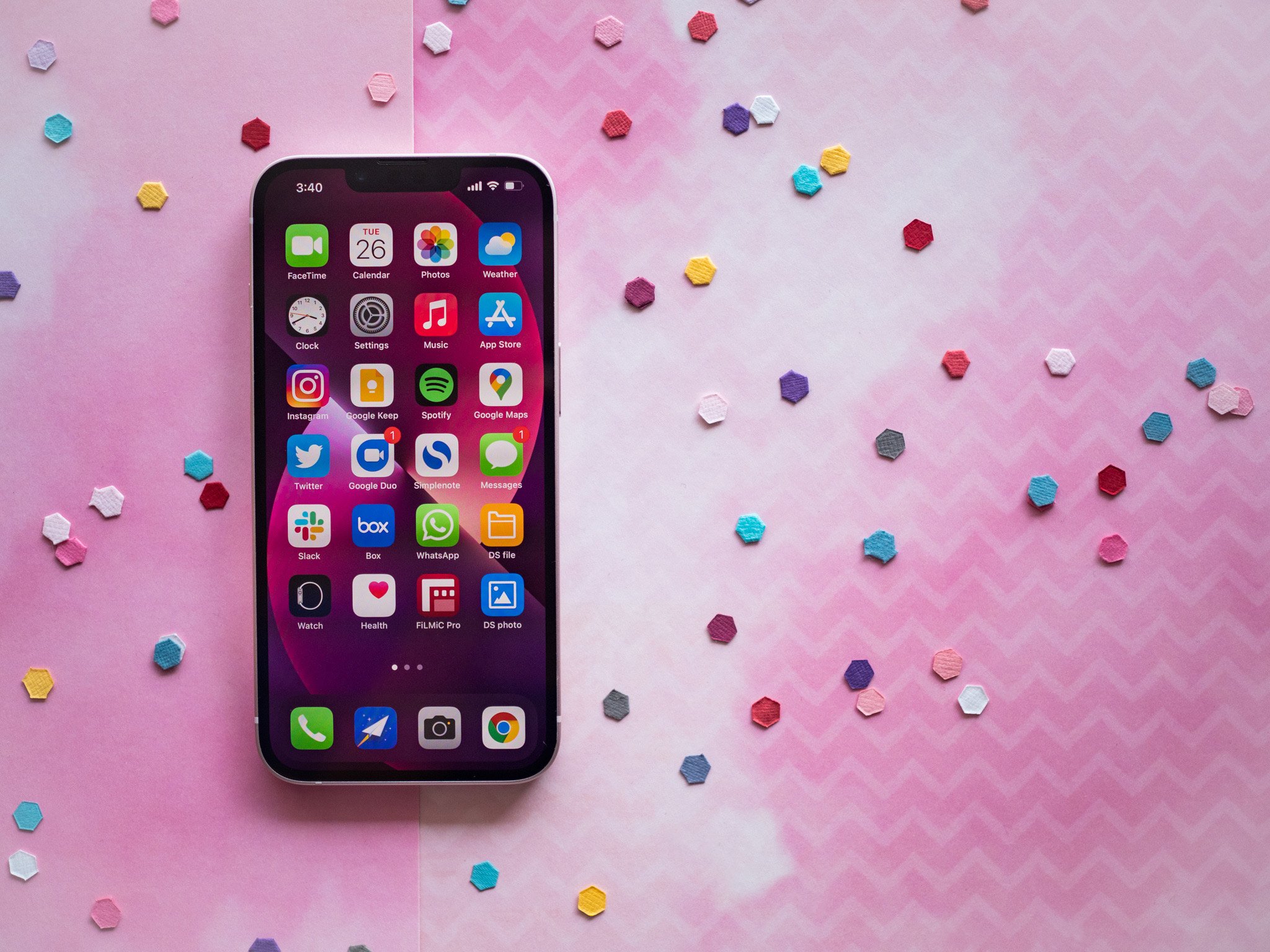

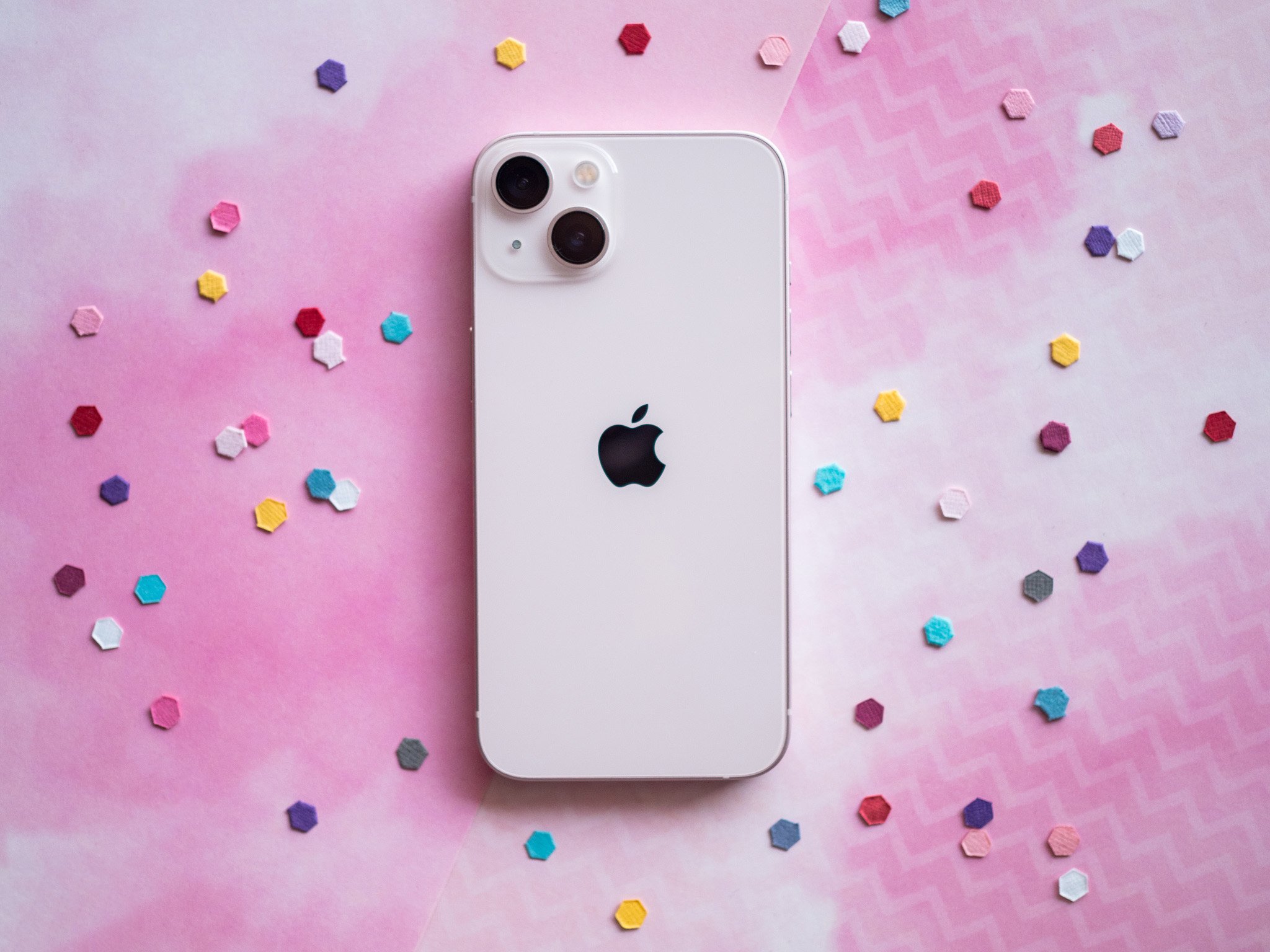
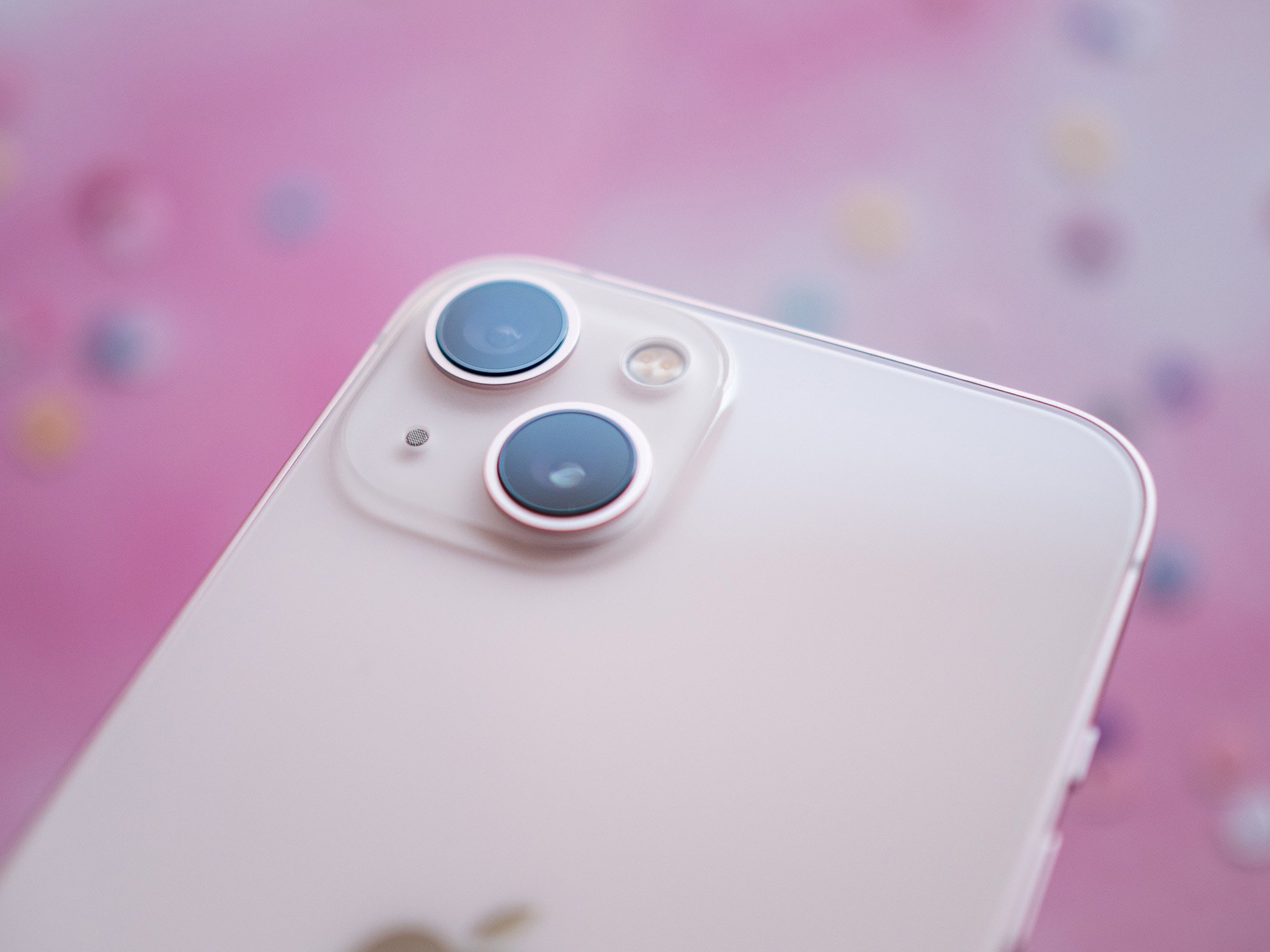
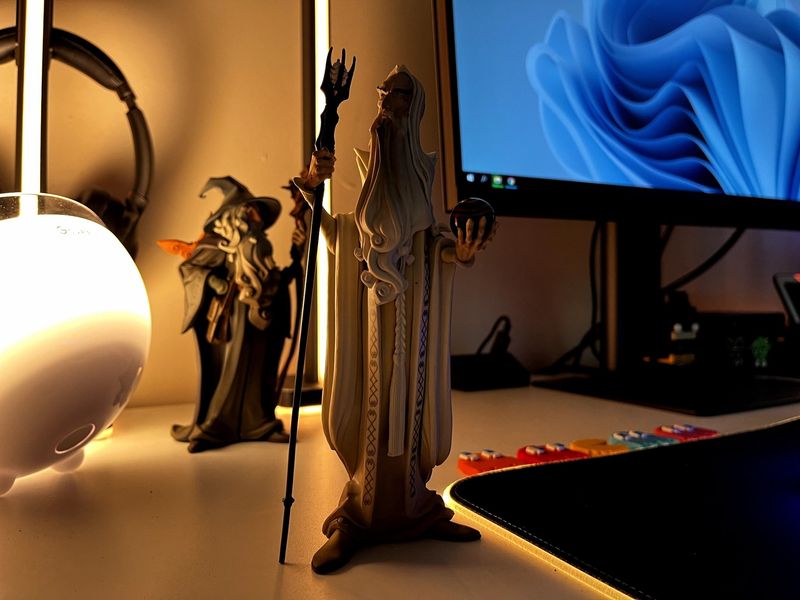
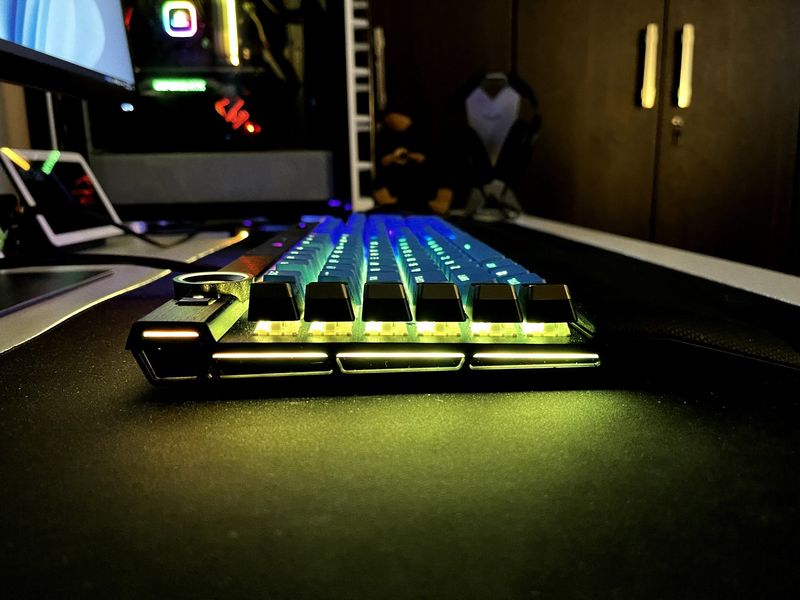
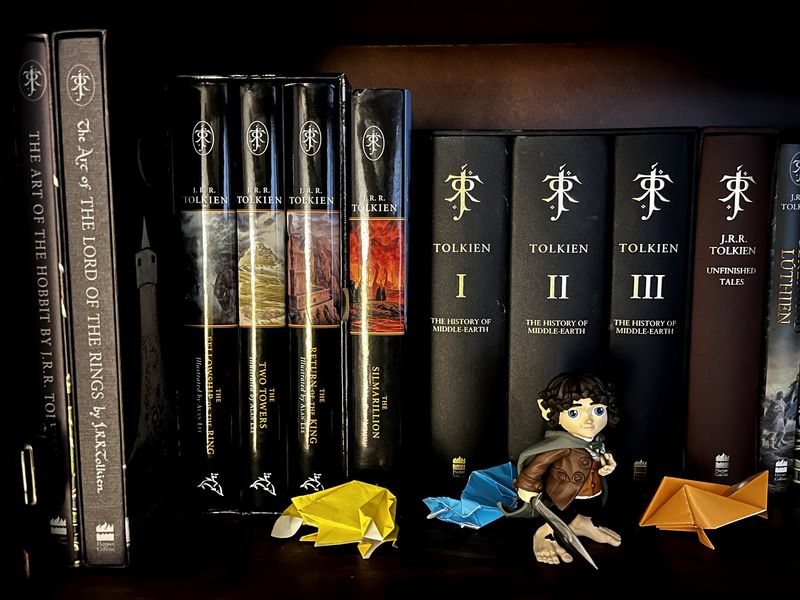
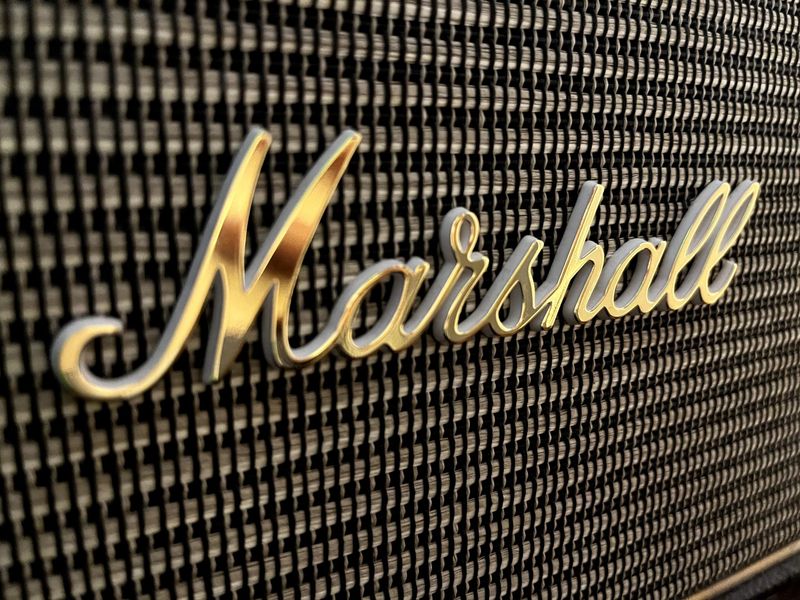


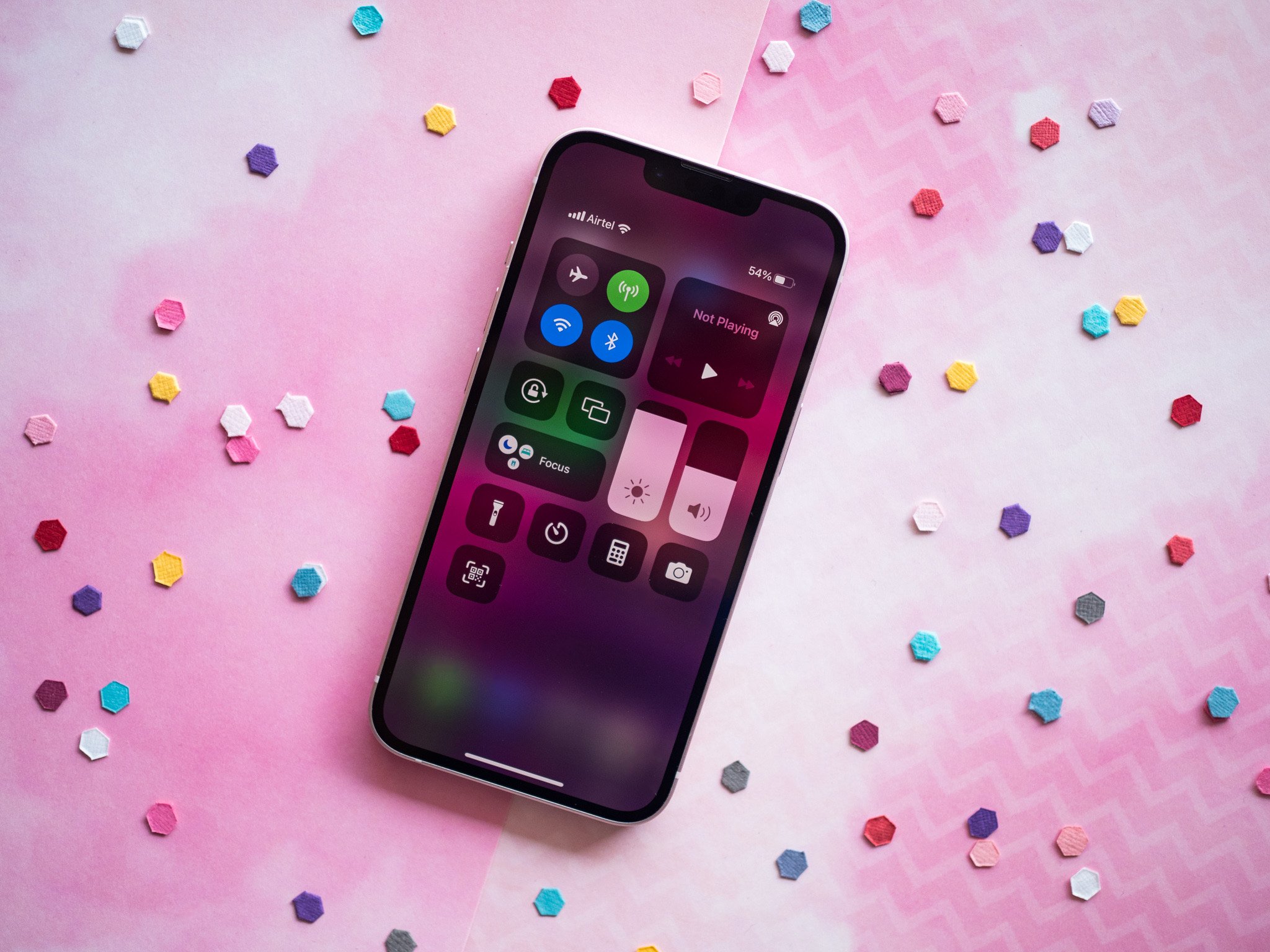
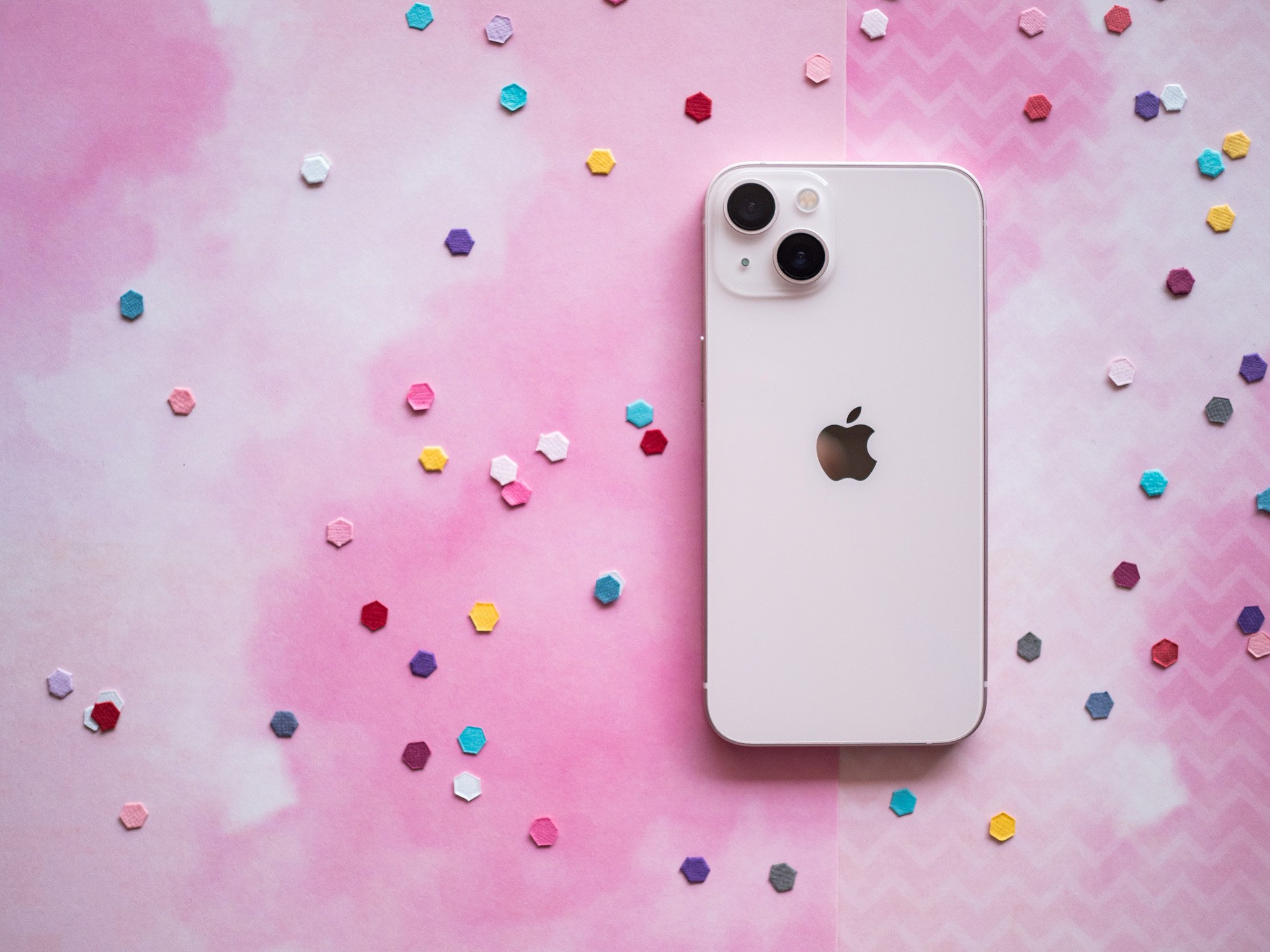

Post a Comment